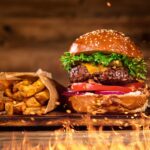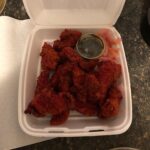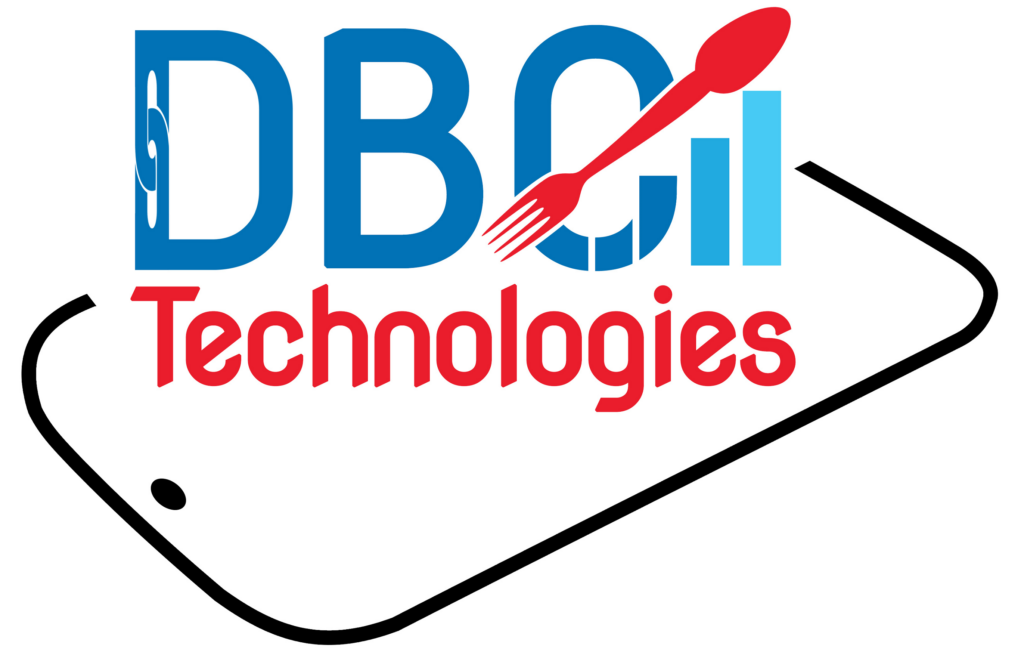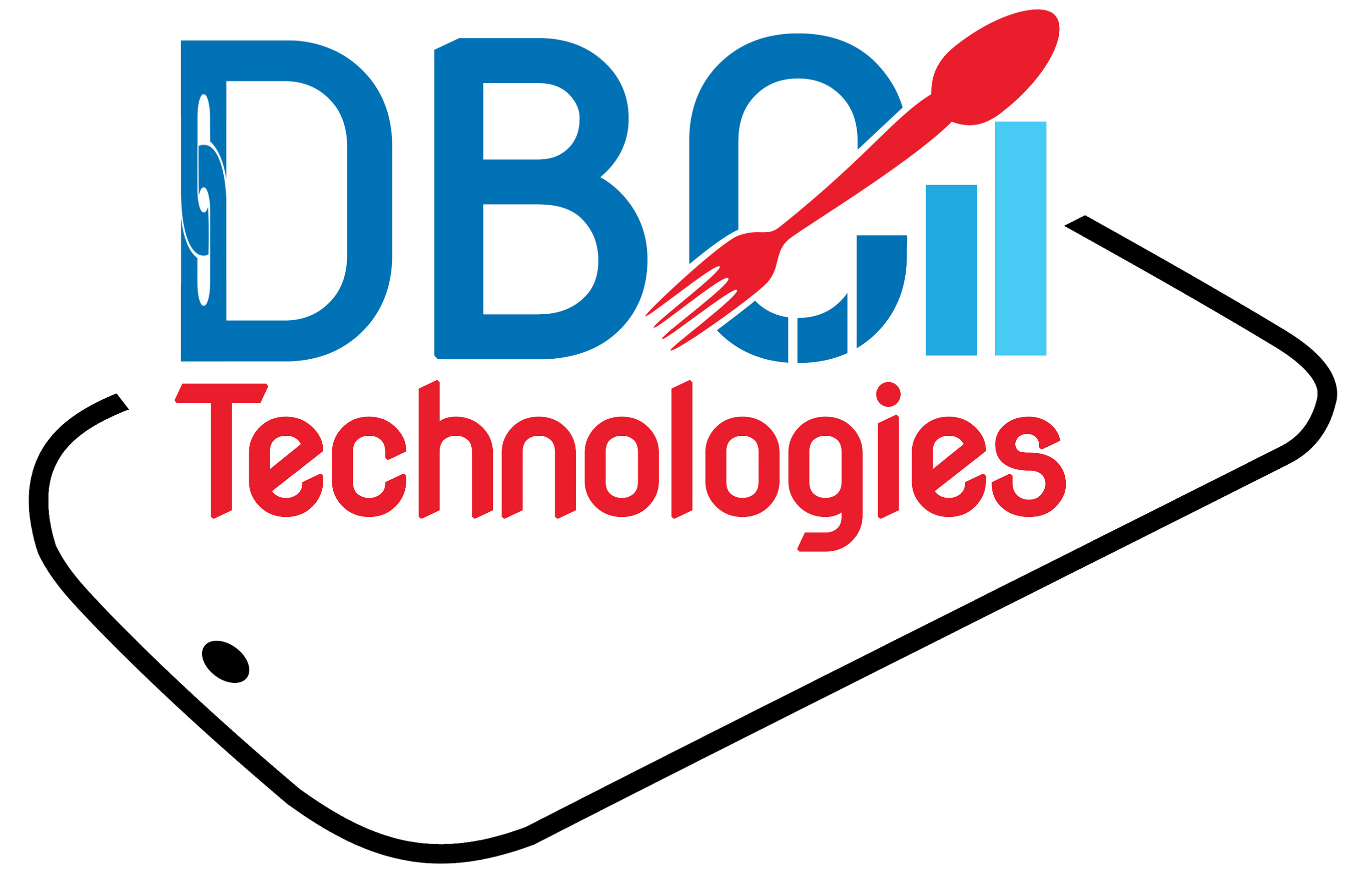
Today’s AI + Human Tech Topic is Digital Dining: How ChatGPT and AI Can Transform Your Restaurant’s Online Ordering Profitability.
This is the introduction to a 5-part post.
Want to get the most dollars per order (average order value, or AOV) on every online order your restaurant customers place? You need to focus on setting up your restaurant online ordering platform to get customers to add more items voluntarily and happily to their cart and choose higher-priced items.
Does that sound hard? You will love what we are going to share with you about how ChatGPT and AI can help you with most, or all, of these tasks.
We will share with you some actual simple prompts and answers to our case study.
The Top 5 Ways You Can Help Customers Increase their Online Order Size from Your Restaurant
These are in order of importance to create the highest online order possible per visit per customer with upsells.
- Modifiers, Add-ons, and Customization Options (10-30% increase)
- High Quality Food Pictures (5-15% increase)
- Detailed Menu Item Descriptions (3-10% increase)
- Smart Pricing (5-20% increase)
- Name of Menu Item – What the dish is called? (2-5% increase)
1. Modifiers, Add-ons, and Customization Options:
Cross-selling and upselling are very important strategies. The average order value (AOV) can go up 10-30% when you offer premium add-ons, sides, or complimentary things. For example, if someone gets a steak, suggesting a high-end wine to go with it can increase sales.
Bundling things at a slightly lower price than buying them separately can also get people to spend more.
Basically, what this means is you need to look at your online menu modifiers to determine what you can do to get bigger orders by suggestive selling within your modifiers.
2. High Quality Food Pictures:


People will often pay more for a dish if it looks good.
It’s important, especially for high-end or gourmet meals, to look their best so that their price is properly reflected.
This is not just true of gourmet meals.
In general, great images can increase your online ordering average order by 5-15%.
If your menu item name and description are well written, here is how image can impact sales:
- A good image of the actual menu item plated can increase online ordering of the item by 50-70%.
- A bad image of actual food can still increase sales of the item by 5-10% over no image at all, but you also run the risk of decreasing sales if the image is off-putting.
- A stock photo of the menu item can increase sales of the item 20-40% over no image at all, but you risk some backlash if the food looks totally different. Take-out packaging can mask the differences to lessen this negative impact.
Did you know how easy it is to take good images of your food with a simple iphone or smartphone camera? We got you covered, we will dig right in with a tutorial on this, in the detailed post on this importance of good images. We will even give you ideas on how to create or enhance images with AI.
3. Detailed Description:
Customers will pay more when you describe the uniqueness, the special ingredients, or the complex way it was made, and make the dish understandable, and delicious.
It’s also possible for descriptions to stress how exclusive or hard it is to get an expensive dish, making people feel like they need to try it right away.
Detailed descriptions can entice customers, making them imagine the flavors, textures, and overall experience of the dish, leading to an increase in the average online order size of 3–10%.
Imagine that. Do NOTHING different—no additional customers ordering, no expensive photo sessions. Just fix your words, and you could take your average order of $25.00 to $27.50.
On as little as 10 take-out online ordering sales per day, you see $25 more revenue per day, or $750 a month in added sales.
We know, we know, not realistic as you won’t have necessarily the same number of take out orders every day and all the stuff going on in you mind as to how it just can’t be that easy.
What if we are 50% wrong, you just scored $375/month more sales for fixing your words!
Detailed descriptions can also clarify ingredients for those with dietary restrictions or preferences.
Finally, they increase perceived value as customers feel informed about their choices.
Of course, they won’t bring more traffic to your online ordering platform, but once they are there you will have much larger sales and less abandonment.
A preview of what we will share in the full post is how we get from ab owners actual original menu item description to a polished delicious, I want to try this, AI + Human enhanced one.
Now while this may not be an awesome starting point for a description, you would be surprised how many restaurant online ordering systems we see without a description at all)
Actual Original Client Description
Paneer prantha served with pickles, butter, and lassi complimentary. One order comes with two pieces.
Professional AI + Human Approach
North India calls with our signature, Paneer Paranthas: 2 pan-fried golden, crispy flatbreads enveloping soft crumbled paneer, an Indian cheese. With tangy pickles and velvety butter, each order is elevated by a free palate-soothing lassi. Order now.
Which would you Order?
Make sure you catch Part 3 where we will get into the details!
4. Pricing:
Competitive pricing pushes volume, but strategic pricing based on what the customer thinks the item is worth can raise the AOV.
You should have a variety of things at different price points, including some specialty or gourmet items costing more.
Setting different prices for different items can also work, so customers see the value in paying a little more for a product with better materials or extra benefits.
Chat could help analyze your pricing if you gave it your selling prices and food cost, however, just asking it to do it based on what it already knows would fail as ChatGPT’s knowledge only goes to 2021 unless you use it with Bing, and even then it is hard to coax a proper answer out of it at this time.
With inflation and the craziness in the food supply since then in addition, it would likely not be accurate.
5. Name of Menu Item – What the dish is called?:
Online menu naming is a pivotal tool for driving sales of higher-margin items.
To make these items stand out, adopt a ‘Premium Highlighting Strategy.’
Begin with evocative, descriptive adjectives that accentuate the quality and exclusivity of the dish, like ‘Hand-Crafted,’ ‘Chef’s Special,’ or ‘Signature.’ Pair this with rich sensory words that paint a tantalizing picture for the customer, such as ‘Succulent,’ ‘Rich,’ or ‘Velvety.’
Finally, embed a hint of the dish’s story or origin — ‘Aged Cheddar from Vermont’ or ‘Freshly Caught Atlantic Salmon.’ This strategy not only elevates the perceived value but also emotionally invests the customer in the experience of that dish, making them more inclined to opt for the higher-margin choice.
The name should give customers a quick idea of what the dish is. Depending on the restaurant’s branding, this could be straightforward or more creative.
Names should be clear and appealing. For example, “Chef’s Special Lobster Thermidor” could be used to emphasize how expensive or unique a food is.
Once again, as this is just the intro, let’s show the solution first, and then you can catch our upcoming blog post where we will go into detail, showing you how we came up with it.
Actual Original Client Menu Item Name
Paneer Prantha (2 pcs)
AI + DBC Algorithm + Human Solution
Paneer Parantha Authentic Pan-fried Golden Crispy (2 pcs)
Familiarity and Authenticity: For dishes from specific cultures, using the authentic name (perhaps with a descriptor) can appeal to those familiar with the cuisine and those seeking an authentic experience.
Rewording the menu item names is only one way chat can help. If you get creative with its use, you can have ChatGPT analyze your whole takeout menu at once and suggest menu item name changes in order to prioritize the sales of your highest margin items.
Now remember, always take anything ChatGPT tells you with a grain of salt. Be prepared to TEST the ideas ChatGPT gives you and roll back if it doesn’t create a positive change. When you get into bigger tasks with higher complications, this becomes even more important.
Make sure you catch our full blog post #5, the 5th and final post in this series for all the details.
Conclusion
Remember that increasing the total amount sold per order is only the first step toward increasing perceived worth. Customers should feel like the extra money they spend is worth it because they’re getting something special or unique.
Written and Copyright © DBC Technologies Ltd. – Doing Business Creatively

